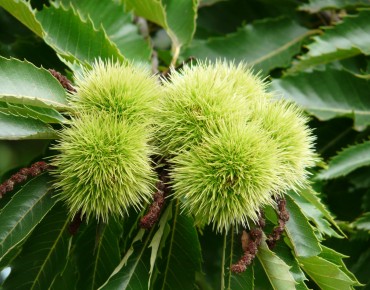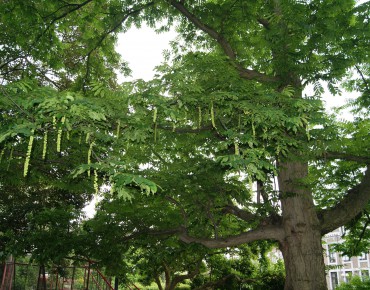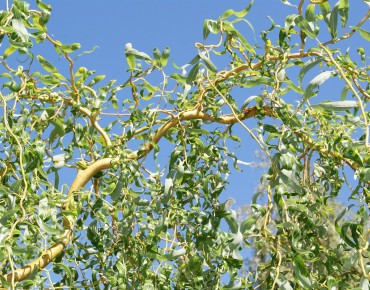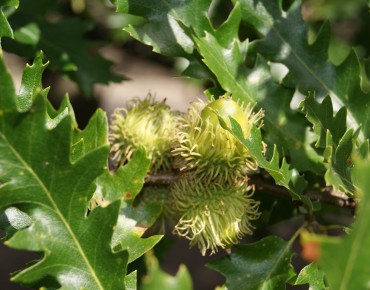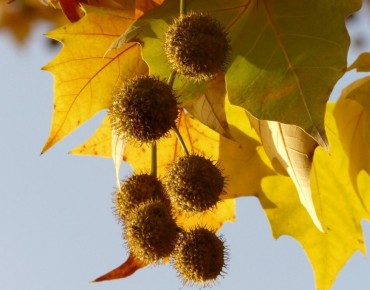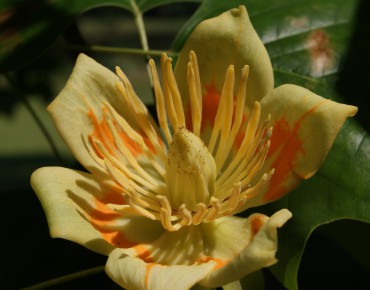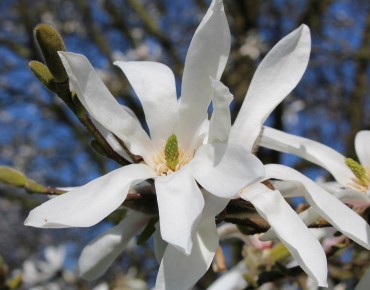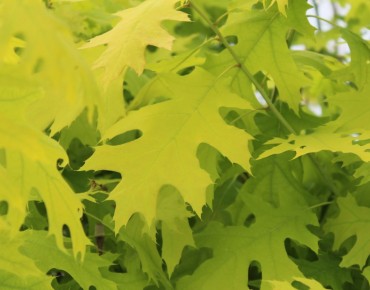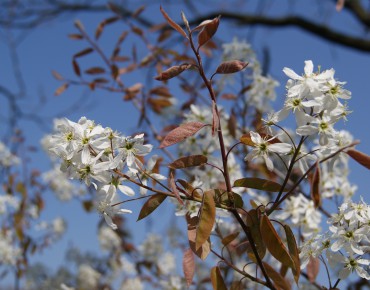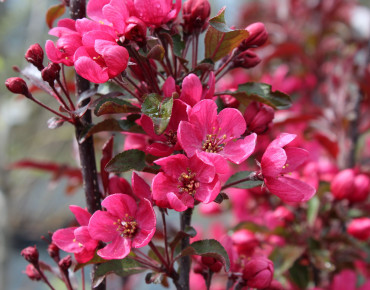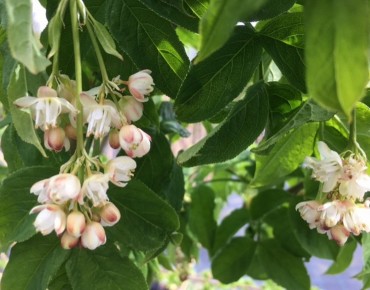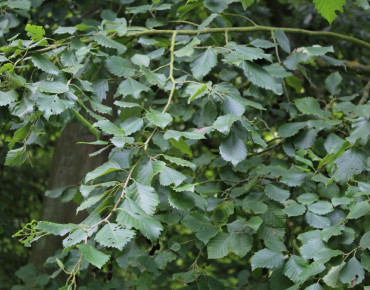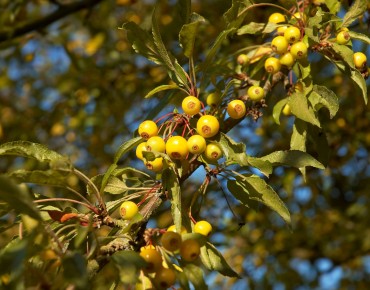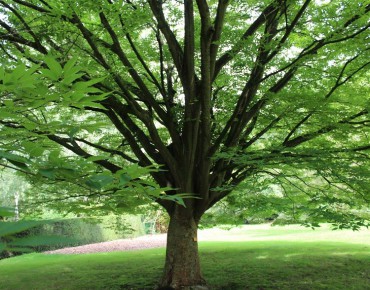- novelty
Idesia
Idesia polycarpa
Description
Idesia – Idesia polycarpa
Main interest
Idesia polycarpa is an ornamental Asian tree still little known, yet with remarkable decorative potential. It stands out with its airy habit, unusual summer flowering, large, glossy foliage reminiscent of catalpa, and its brilliant red fruit clusters in autumn. Fast-growing and easy to cultivate, it’s ideal for contemporary or naturalistic gardens. The bright green leaves, sometimes tinged with purple when young, offer a beautiful light-filtering effect. Female trees produce coral-red berry clusters that brighten the garden into winter. This is a dioecious species, meaning only female trees bear fruit. Hardy and robust, Idesia polycarpa thrives in poor soils, withstands harsh winters and sunny exposures, while maintaining a distinctive, graphic appearance. A future tree for sustainable, visually striking landscapes.
Origins and characteristics
Geographical origin: China, Korea, Japan
Botanical family: Salicaceae (formerly Flacourtiaceae)
Notable features: Rare in cultivation. Introduced to Europe in the late 19th century. Named after the Italian explorer Ides. Young branches may be reddish and slightly powdery.
Description and traits
Mature height: 8 to 12 metres
Mature width: 5 to 8 metres
Habit: Rounded, airy crown, spreading branches
Bark: Smooth, light grey, decorative
Foliage: Deciduous, large heart-shaped leaves (15–25 cm), light green with silver sheen, sometimes purplish at bud break
Growth rate: Fast
Hardiness: Excellent, down to –20 °C
Flowering and fruiting
Flowering period: June to July
Flowers: Small cream to greenish flowers in light panicles, lightly fragrant. Male flowers are more showy
Fruits: Hanging clusters of bright red berries on female trees. Highly decorative, persistent through winter. Not edible
Wildlife value: Nectar source. Fruits attract birds in winter
Light and soil
Ideal exposure: Full sun to light partial shade
Preferred soil: Any well-drained soil, preferably humus-rich. Tolerates chalk and slight dryness
Planting
Soil preparation tips: Loosen soil deeply, enrich with compost if poor. Water regularly during first two years
Spacing: 6 to 8 metres for free development
Soil type: Neutral to slightly alkaline, deep, fresh but well-drained
Watering
At planting: Regular watering at the start; moist but not waterlogged soil
At maturity: Tolerates moderate drought once established
Pruning
When and how: Minimal pruning needed. Light shaping in winter if necessary. Remove deadwood
Propagation
Methods: Sow in spring after cold stratification. Cuttings possible but difficult
Garden uses
Ideal placement: Specimen tree, light tree grouping, back of borders, rare species collections
Recommended companions: Catalpa, Koelreuteria, Tetradium, flowering cherries, ornamental grasses
Traditional uses
Cultural uses: Occasionally grown for its decorative foliage in its native range. No known economic uses outside ornament
Pest and disease resistance
Potential issues: Very few problems with pests or diseases
Natural prevention tips: Plant in healthy, sunny soil. No treatment usually required
Growing tips
Practical advice: Plant in spring or autumn in prepared, sunny soil. Water regularly during establishment. Avoid heavy pruning
Summary
Idesia polycarpa is a spectacular, underused ornamental tree from Asia, known for its broad foliage, vivid fruit display and airy silhouette. Perfect for brightening and structuring original garden spaces.
Features
- Common name : Idesia
- Family : Salicaceae
- Category : tree
- Spread : 5 to 8 m
- Foliage : deciduous
- Color of flowers : creamy-white
- Fruit : Hanging clusters of small red berries that persist in winter, inedible
- Use : isolated - shrubbery
- Soil : neutral
- Habit : Spreading
- Enemies : nothing to report
- Possible diseases : resistant to diseases
Expédition & livraison
How does the delivery work?
 As soon as you place your order your plants are selected
As soon as you place your order your plants are selected Each order is processed individually.
Each order is processed individually. Plants are packed, staked and labeled.
Plants are packed, staked and labeled. Packaging is carefully implemented to avoid any problems.
Packaging is carefully implemented to avoid any problems. Packages are ready to be shipped.
Packages are ready to be shipped.
Our delivery methods
Shipping of our plants throughout Europe (except overseas and islands).
Customer reviews
















